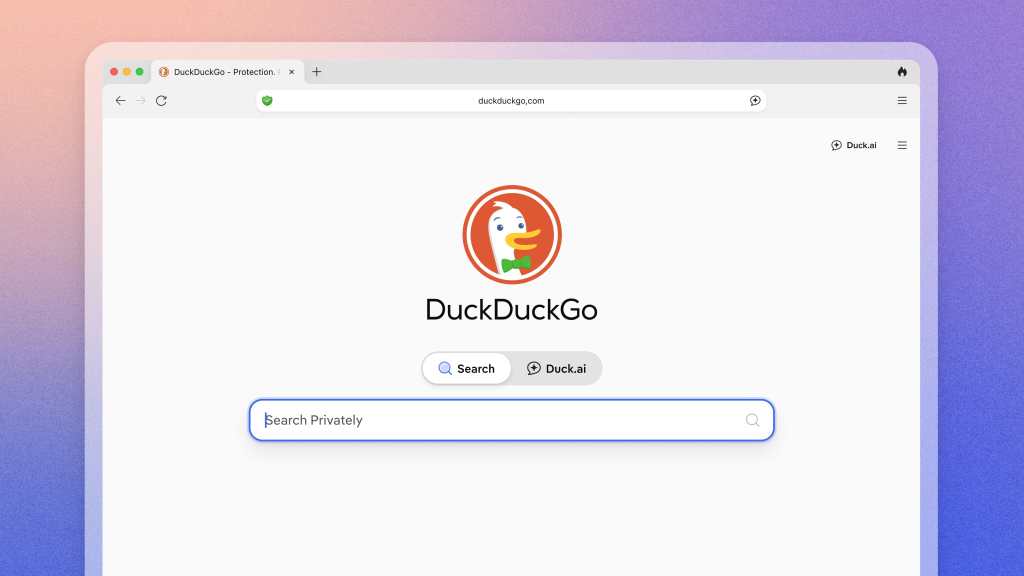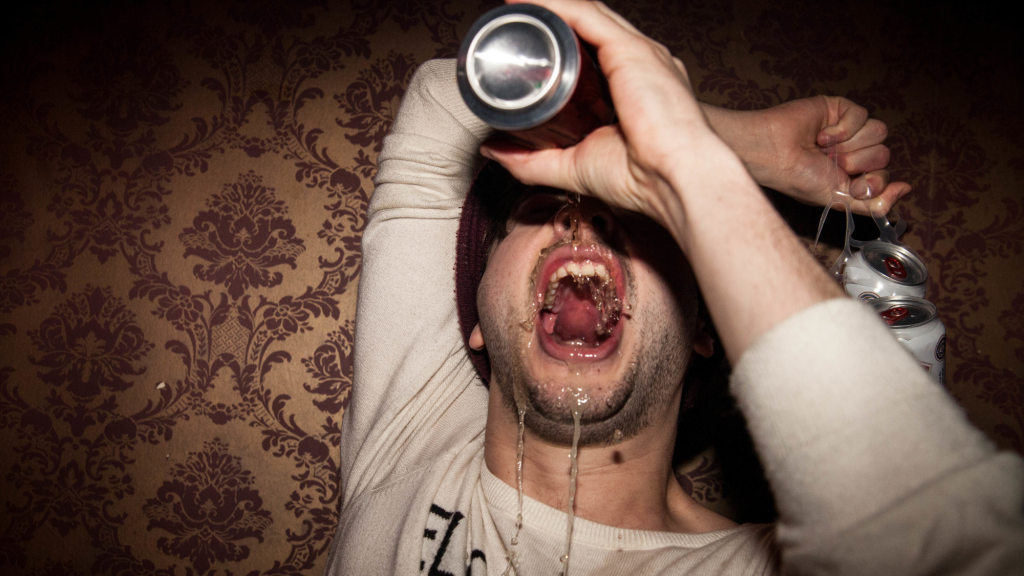This week, Tinder, one of the most popular millennial past-times, has expanded their dating app to include a wide array of gender identities beyond the male and female binary.
“Since Tinder’s inception, users were only able to identify as either male or female, and only able to designate male or female for who they were interested in,” says Zackary Drucker, a producer of the award winning show Transparent, and one of the transgender public figures behind Tinder’s expansion. In an interview with Broadly, Drucker explains that transgender people have always used Tinder, but they were often “flagged by other users,” who reported them for selecting their self-identified gender.
Videos by VICE
For More Stories Like This, Sign Up for Our Newsletter
“When this came to the attention of the programmers and to the CEO of Tinder, Sean Rad, they decided to take measures to ameliorate the blatant disrespect for trans bodies,” Drucker says.
She believes that the inclusion of 37 new gender options on Tinder could be “revolutionary,” considering that the app connects 50 million users around the world,12 million times every day. “Trans people have always existed; we’ve been present in the earliest human civilizations,” Drucker says. “We’ve often survived by hiding in plain sight, or by being creatures of the night.” Until very recently, the sexuality of transgender men and women in the United States has been taboo, largely relegated to the margins. “There’s always been separate dating sites for trans people,” Drucker adds, “but I think that those sites can feel ghettoizing and relegated to the realm of fetish, or just an extension of trans women’s presence in pornography.”
“There’s always been a concealed world of especially men consuming trans bodies, whether it’s in pornography or in real life,” Drucker says. “That’s something trans women are acutely aware of. It’s not difficult for us to date, but oftentimes it’s behind closed doors. There’s an air of secrecy, and the pressures of heteronormativity on men to uphold their straight identity. [But] we are women.”
Throughout pop culture and society at large, trans people are making huge gains in terms of representation. “With the wave of trans visibility and presence in entertainment, media, advocacy, activism, there really is no need for us to be separated from the wide range of the dating population,” Drucker says: “We’re a part of the world, and we date.” The increase in visibility that Drucker describes—in series like Transparent and HerStory—has helped to shift cultural understanding about trans people.
Though queer theorists have argued for years that gender identity is distinct from sexual orientation, a sense of stigma—or, at the very least, misplaced intrigue—lingers around relationships between cis and trans people. “It’s not unusual for people who are attracted to women to be drawn to us,” Drucker says, explaining that straight men and women who are attracted to trans women often need to have a humanizing experience with a trans person before they can overcome their own implicit biases. “I often meet men who are interested in me, and maybe wouldn’t have considered it until meeting me; having trans people mixed into the larger dating pool will create more of those opportunities.”
Tinder is incredibly popular among youth today, and online dating in general has become the new normal path to companionship. Rather than question why it is important for trans people to be included in, one might ask: Is there any justification for not including trans people in this significant social platform? “It’s a tool that everybody has access to and, for trans people to not have access is a denial of our existence,” Drucker says.
Read more: The Straight Men Who Have Sex with Trans Women
Users on Tinder can now select from the vast array of new gender identities, or they can simply write in their own preferred gender—whatever it may be. Drucker believes that this will help trans people date, but it will also help cisgender people to understand the full scope of their own sexual orientation. In addition to that, Drucker believes this change will help trans individuals to date more safely. “Disclosure has always been a very uncomfortable thing,” she says.
“Every time someone approaches you at the grocery store or bar, you’re immediately on edge because [you’re thinking], ‘Okay, is this guy gonna clock me?’” Drucker says. “When it comes to dating, I was always taught to disclose via phone call to avoid the threat of physical violence. Don’t get me wrong—I think a good amount of the time folks are into it; they don’t care. Some of the time, you get rejected, and that hurts. And then, in a worst case scenario, you face violence.”
Integrating transgender people into the Tinder dating pool “creates an awareness of trans people,” Drucker says. “Tinder is so simple: You swipe right or you swipe left. If you’re not interested in dating a trans person you can just swipe left on them. It will open up a lot of conversation in communities. It’s thinking ahead of the curve, because the next generation is going to have a much more expansive notion of gender than we do today. This is social progress.”
More
From VICE
-

Photo: dbvirago / Getty Images -

Credit: DuckDuckGo -

Photo: Oleg Breslavtsev / Getty Images -

Photo: HEX / Getty Images